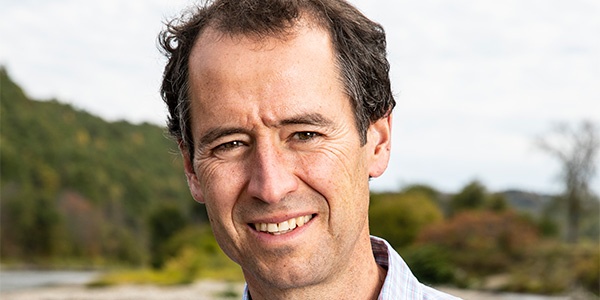We have much more to do and your continued support is needed now more than ever.
Another Win for Wildlife: Request to Stay the Clean Power Plan Rejected
The good news for wildlife keeps coming.
On January 21, a three judge panel on the United State Court of Appeals for the District of Columbia rejected requests from states and industry groups to stay the Clean Power Plan which could have threatened to greatly slow the implementation of this needed plan. The Clean Power Plan is the nation’s first ever federal rule limiting carbon emissions from our power plants. Power plants are the nation’s largest source of carbon emissions.

The court did not buy these arguments and denied the stay. While the case will now move to the merits, the court’s order has the effect of telling states that they must continue to put compliance plans together. States must submit draft implementation plans to EPA in September.
In response to the decision, NWF President and CEO Collin O’Mara said:
“Today’s decision is another victory in the effort to protect wildlife and our natural resources from the impacts of climate change. The court’s ruling clears the path to begin the important work of putting in place strong state plans that will spur the ongoing transition to a wildlife-friendly clean energy future. We look forward to working with states to advance commonsense solutions that will help both strengthen economies and avert devastating impacts to iconic species like moose and treasured habitat areas like our coasts and forests.”
While the legal fight on the Clean Power Plan is far from over, this is an encouraging sign from the courts that the plan is legally solid and will move ahead as planned.
Share the great news for wildlife!
Court decision clears path for wildlife-friendly clean energy future. https://t.co/duz5ghQN9I #ActOnClimate pic.twitter.com/fduU5oART0
— Wildlife Action (@wildlifeaction) January 22, 2016






















